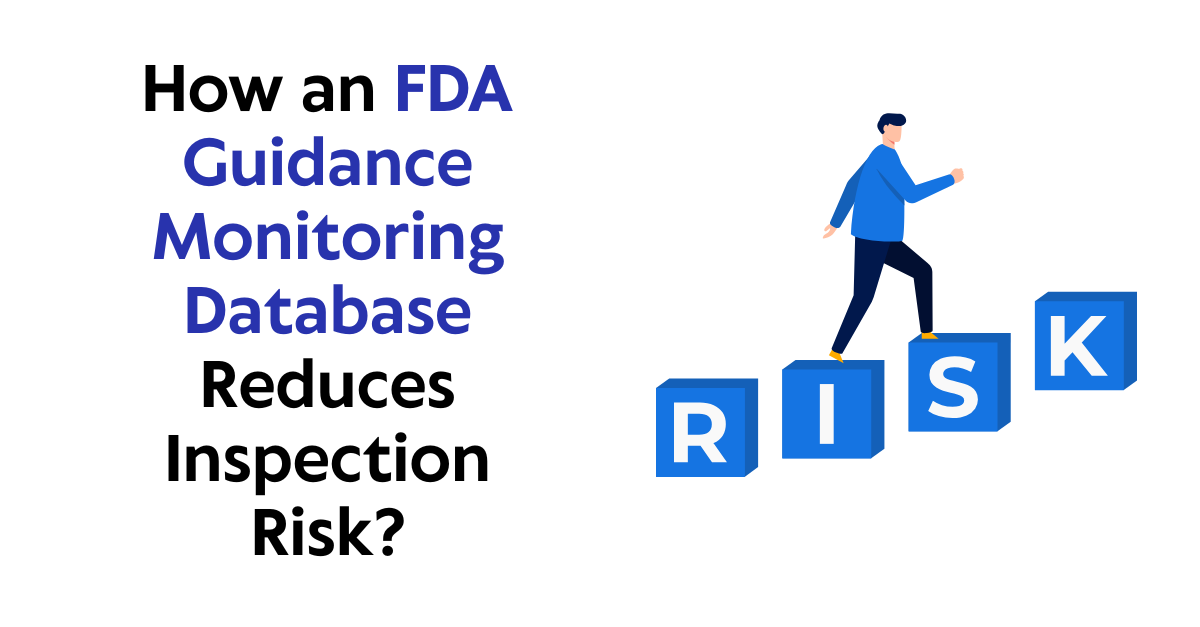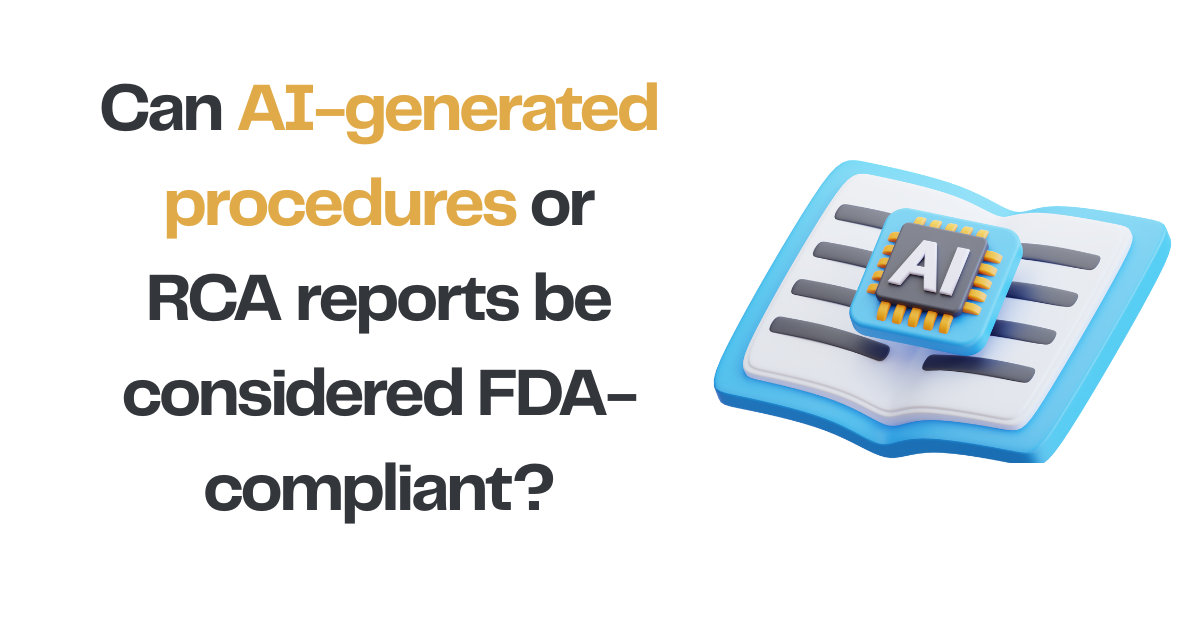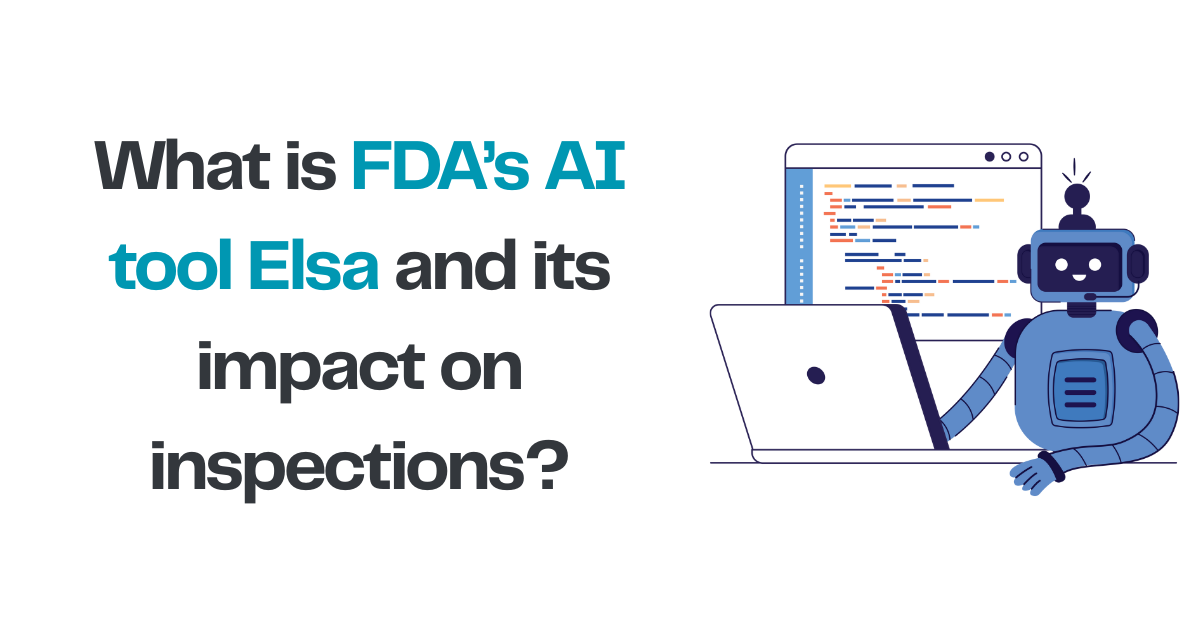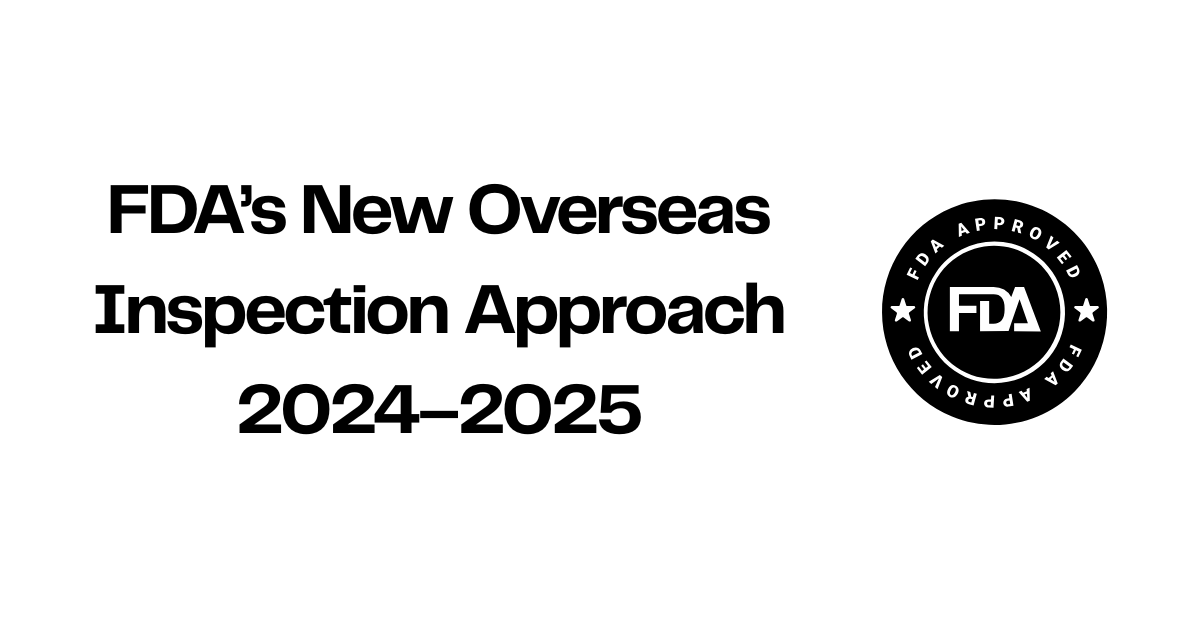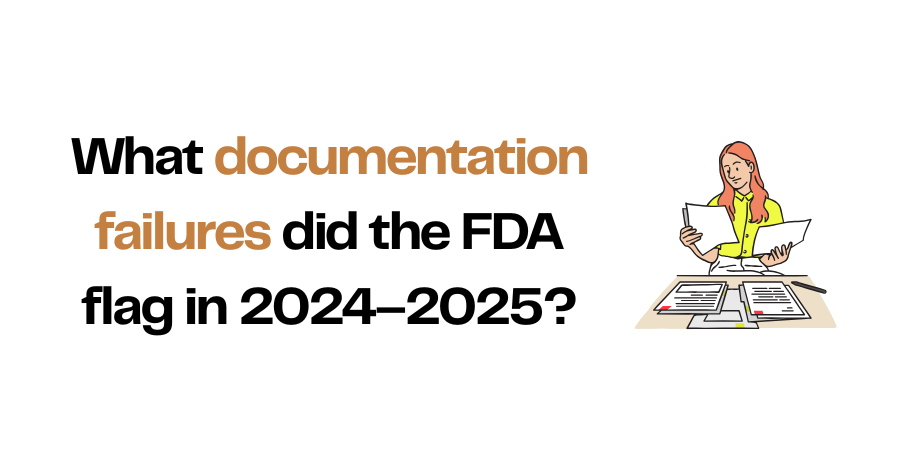How an FDA Guidance Monitoring Database Reduces Inspection Risk?
Most FDA inspection risks don’t come from bad intent or poor-quality systems.They come from missed guidance updates, fragmented monitoring, and a lack of evidence that regulatory changes were tracked continuously. An FDA guidance monitoring database like Hedwig reduces this risk by: For pharma and life sciences companies, this shifts compliance from reactive to proactive. Why […]
